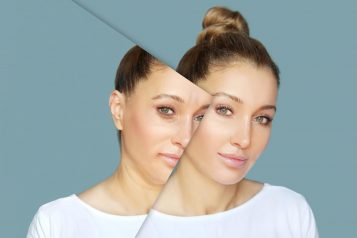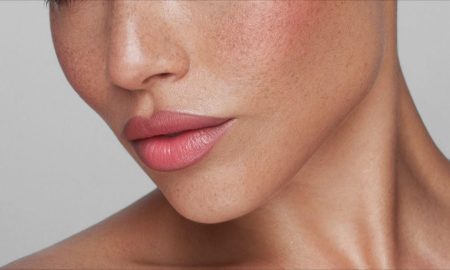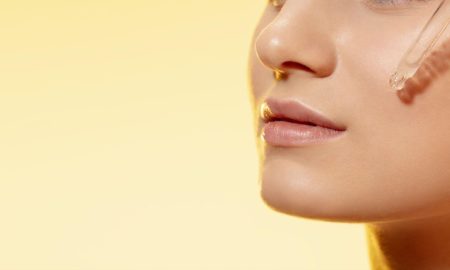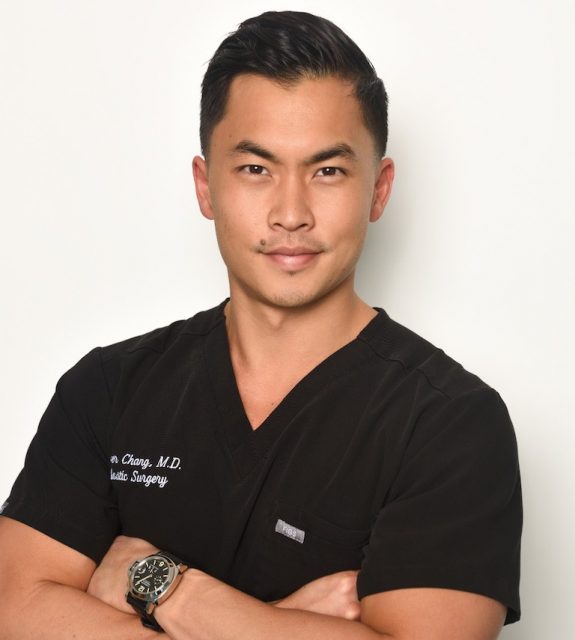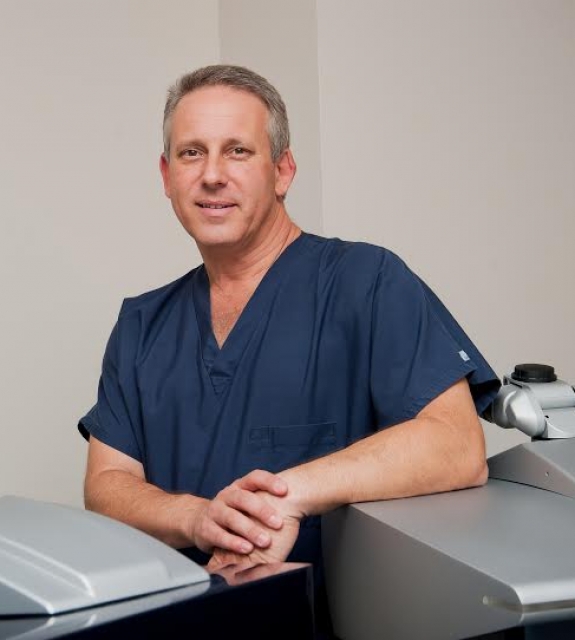Born in NYC, and raised in NJ, Dr. Sandhu has traveled around the country for undergraduate school, medical school, and residency. He completed his Internal Medicine residency at Indiana University and then joined a large multi-care specialty group where he rapidly experienced many cases in a short amount of time. Now with roughly 10 years of medical experience, he is able to treat conditions ranging from congestive heart failure, COVID-19, diabetes, anxiety, bronchitis, sinusitis, and the common cold. Haute Beauty sat down with Dr. Sandhu to discuss how HouseMD benefits from the alliance between healthcare and technology.
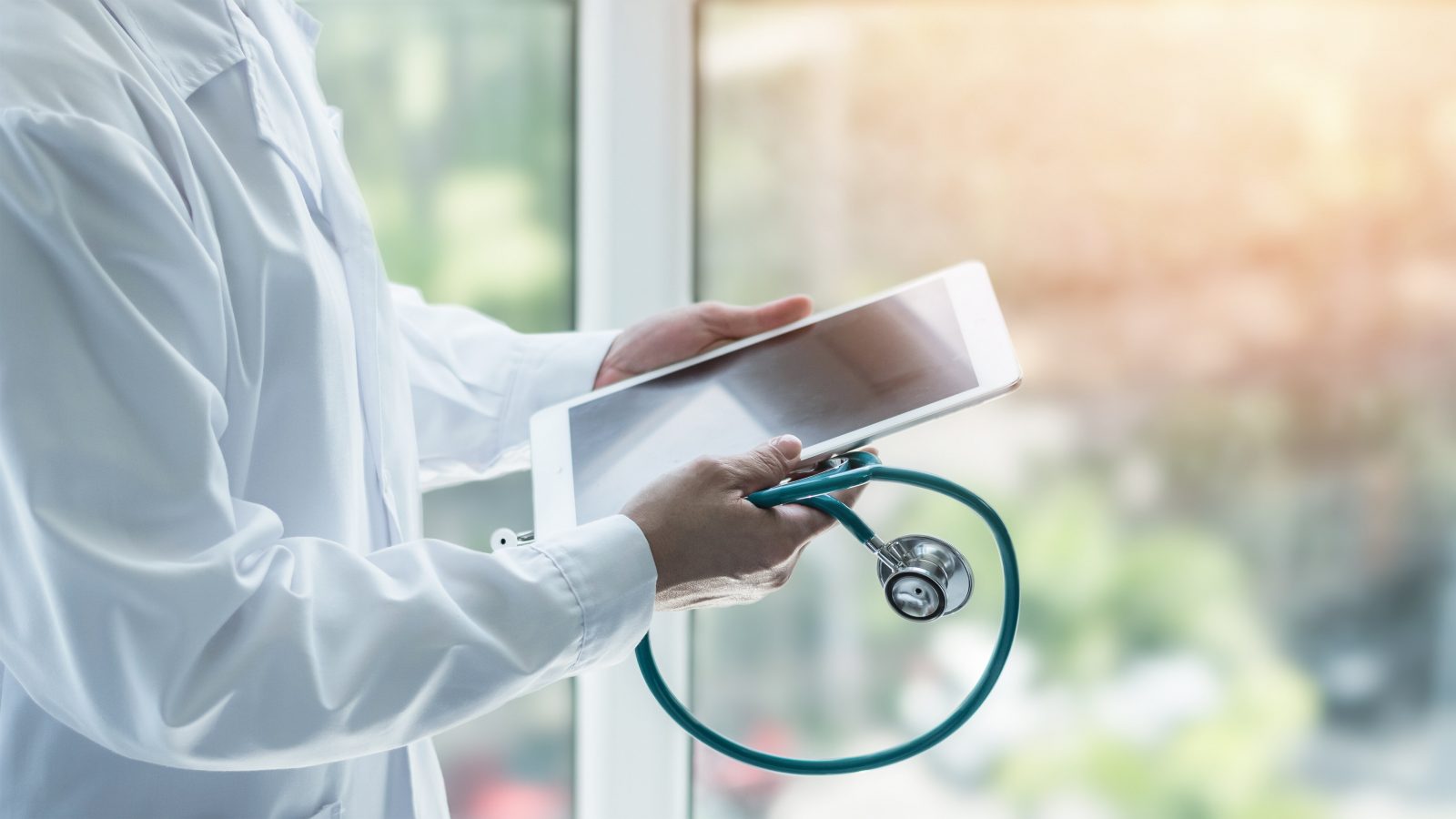 Photo Credit: Shutterstock
Photo Credit: Shutterstock
The COVID-19 pandemic has fueled the need for healthcare workers to adapt to the growing demand of the population. At society's convenience, we became reliant on telemedicine. In fact, the American Telemedicine Association was formed over 20 years ago. Throughout its lifespan, telemedicine worked wondering in underserved areas and now is being used on a more frequent basis nationwide. To understand the capabilities of a Concierge Telemedicine doctor, Haute Beauty sat down with Haute MD expert Dr. Vineet Sandhu to discuss in further detail.
Haute Beauty: How do you as a doctor diagnose someone without a physical examination?
Dr. Vineet Sandhu: General physicals are important not just for the “physical” part of the exam. In physical examinations we discuss:
- Lifestyle, prevention and maintenance
- Finances, job security and education (socio-economics)
- Family history and genetics
- Advance care directives (65+ older patients)
The physical exam can be focused on certain topics that arise from this history. Most notable physical exams involve skin, neuro, mental status, head, neck, mouth, and basic anatomy strength, movement. On a telemedicine call, I have patients mimic some of my movement on their camera as well to see if they feel for any swelling, or raised areas on either the left or right sides of their bodies.
A more specific case would be a cardiovascular and respiratory exam, where I can analyze your health by looking at your neck veins and arteries on your chest and back while inhaling deeply and exhaling. If a prostate and rectal exam needs to be administered I'd defer to the patient via at-home stool tests and to a urologist, when the clinical history fits.
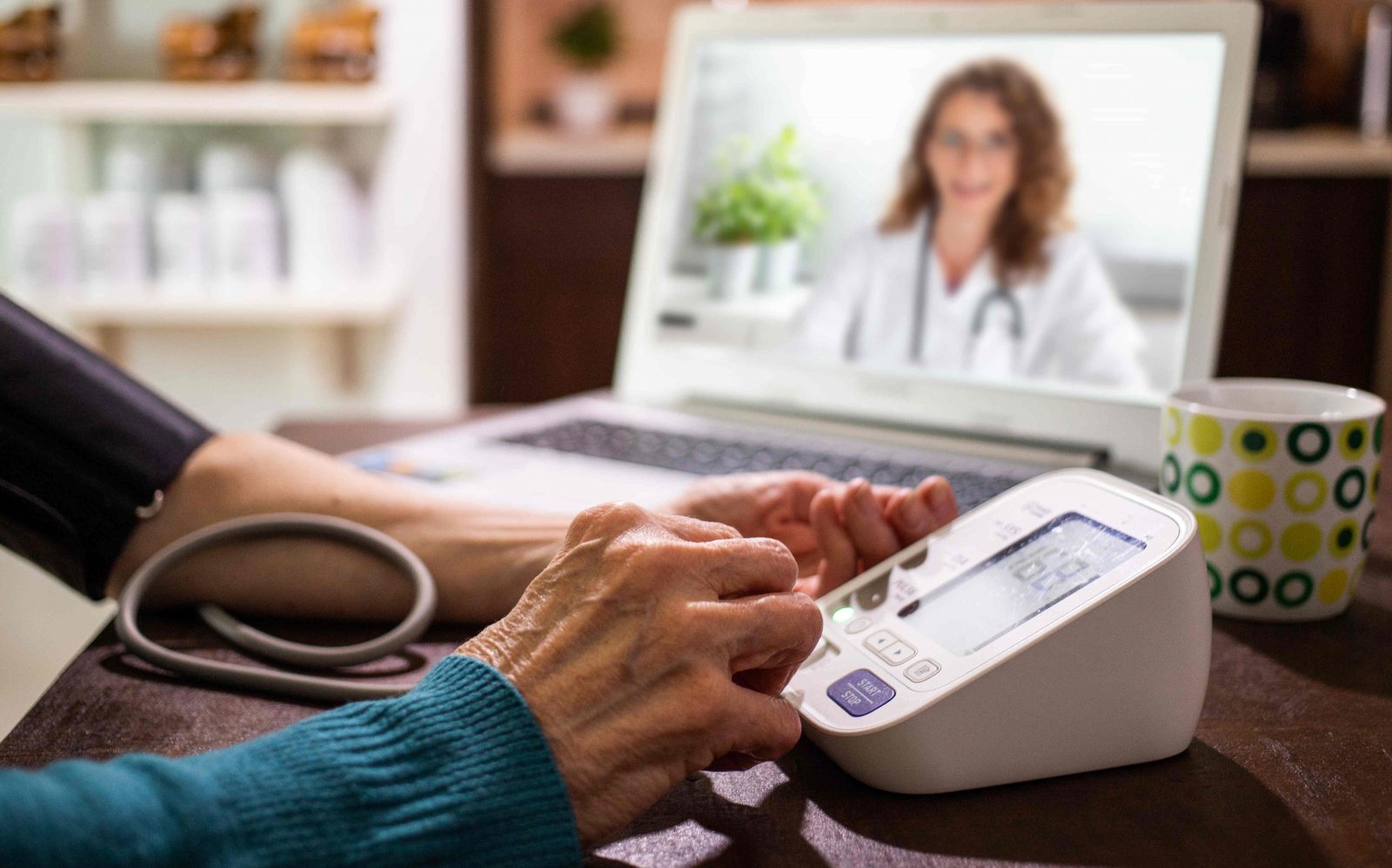 Photo Credit: Shutterstock
Photo Credit: Shutterstock
Haute Beauty: Are there limitations to telemedicine?
VS: Yes, limitations include auditory mostly because the technology is still catching up to these situations but one way is to have an assistant with an interactive digital stethoscope that can play the sounds for me in a remote location.
Haute Beauty: When would you decide someone needs to be seen for a physical examination as opposed to telemedicine?
VS: If circumstances or significant history arise like older than an age group and/or genetic risk factors then specialist consultation is recommended for further prevention of any cardiac-related events.
Haute Beauty: Are patients ever hesitant with telemedicine or since the pandemic they have gotten used to it?
VS: So far, for patient/staff safety the patients have been more than complainant especially during the first wave of the pandemic when there was a major crash in any patient communication. Although the goal is not to ever get COVID, still breakthroughs, surges, and life happen so it’s my job to make sure I’m adding to the healthcare model. Right now, it's important that I am not limiting seeing any patients but at the same time not being a superspreader because of the number of people who entered my office.
The American Telemediciation Association physical exam is available online as additional resources for other physicians' guidance.
For more information, visit Dr. Vineet Sandhu's social media:








